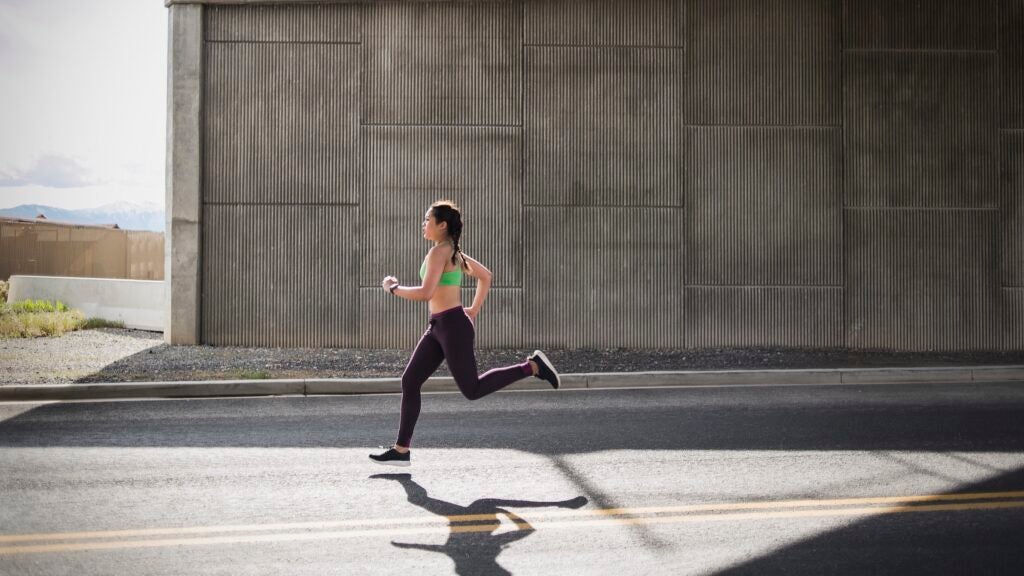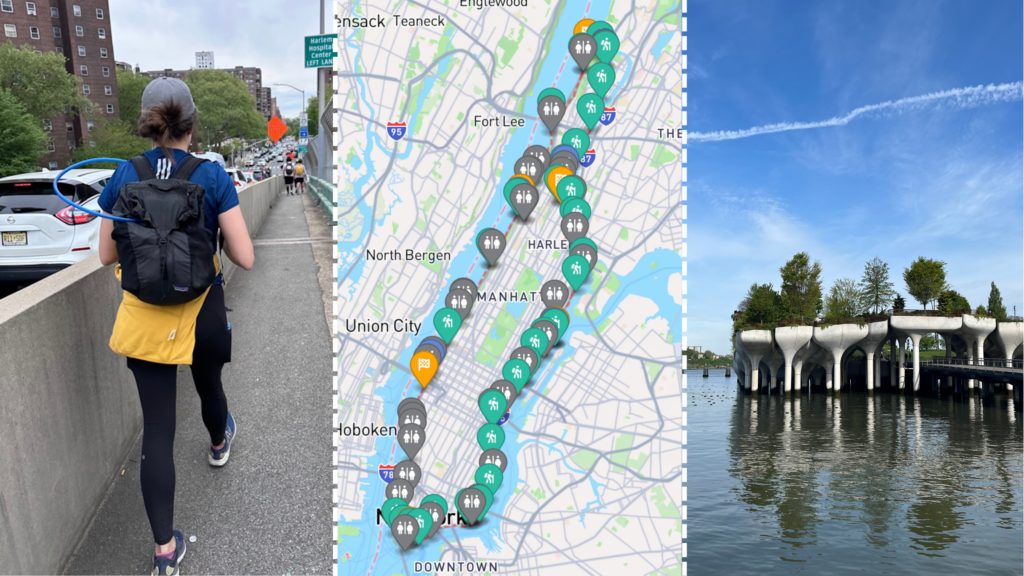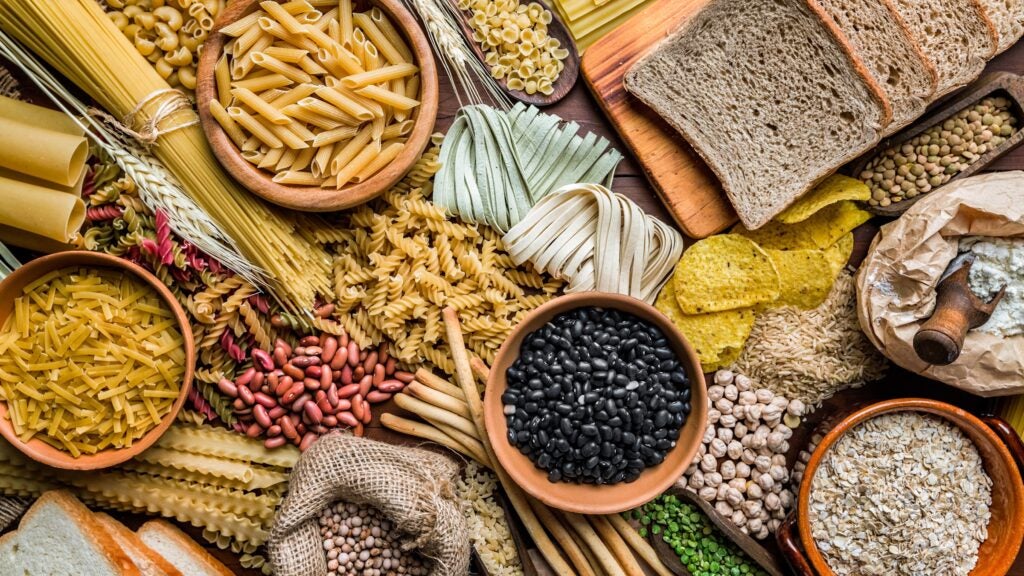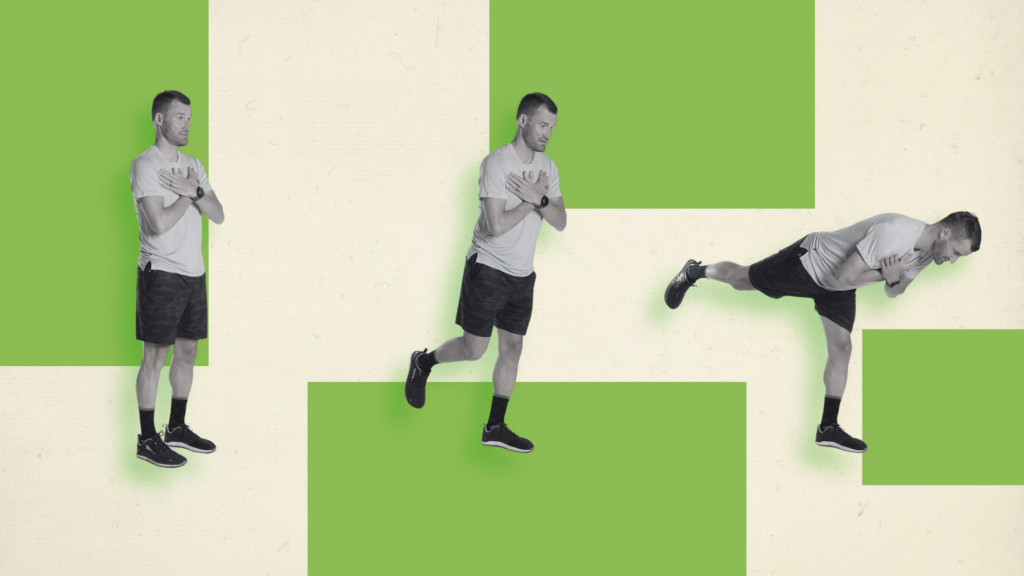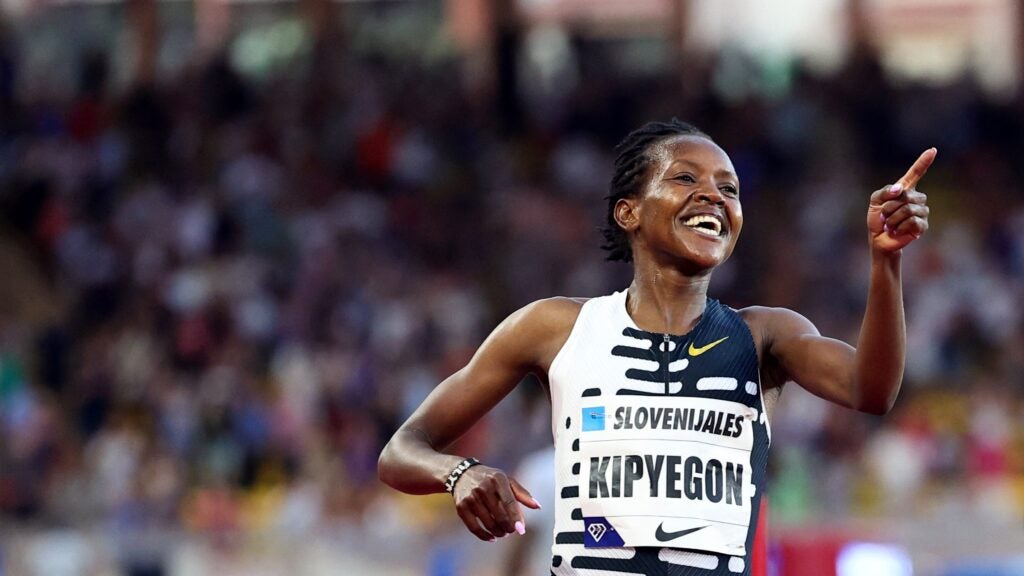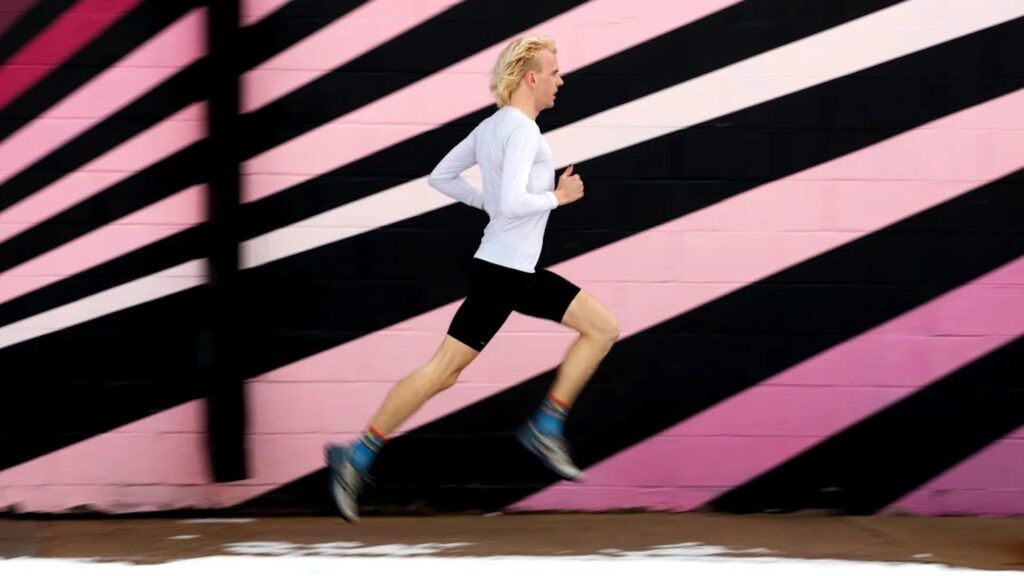Seven miles into the 2004 Cherry Blossom Ten Miler in Washington, D.C., a few months before that summer’s Olympic track trials, I felt a strange pop in my lower back. Hobbling gingerly to a halt, I realized that my race was over. As it turned out, so was my track career. I’d suffered a stress fracture in my sacrum, the bone that connects your lower back to your pelvis. It’s an unusual injury, and in the months that followed, I puzzled over my fate. Had I been wearing the wrong shoes, or logging too many miles, or not stretching enough? It wasn’t until a decade later that I began to consider another possibility: perhaps I hadn’t been eating enough.
In 2014, the International Olympic Committee unveiled something it called “relative energy deficiency in sport,” or REDs. The link between eating disorders, missed periods, and weakened bones was already widely known as the “female athlete triad.” But REDs adopted a broader view. Failing to get enough calories to fuel both normal metabolism and the rigors of training were associated with a wide range of problems in 14 categories: not just poor bone health (it turns out that a stress fracture in the pelvis or sacrum is considered a primary indicator of REDs), but also impaired immune function, digestive issues, disrupted sleep, even urinary incontinence. The syndrome could afflict men as well as women, and it wasn’t limited to athletes with eating disorders. Some who’d been struck by it simply didn’t realize they weren’t getting enough calories to support their training.
The diagnosis caught on. The most recent IOC consensus statement, from 2023, pooled data from 178 studies involving more than 23,000 participants. It concluded that anywhere from 15 to 80 percent of athletes have REDs, depending on the sport. The problem is more common among women, and most prevalent in endurance sports like running, where weight affects performance. But not everyone is convinced that REDs should be applied so broadly. A recent article in Sports Medicine, penned by eight prominent sports scientists, poses a provocative question: Is REDs even real?
The piece’s lead author is Asker Jeukendrup, the Dutch Olympic Committee’s top nutritionist and a former head of the Gatorade Sports Science Institute. He and his colleagues take a deep look at the evidence underpinning REDs. The studies they examine are mostly short-term and observational, making it impossible to prove that calorie shortage causes the symptoms described. And in practice, measuring how many calories a person consumes and how many they burn is so error-prone that it’s impossible to say with confidence who is or isn’t coming up short. As a result, they conclude, estimates of REDs’s prevalence should be considered highly suspect.
Despite these shortcomings, “REDs has become a much-discussed topic on social media and in mainstream media news outlets,” the authors note —to such a degree, they argue, that calorie shortage has become a convenient scapegoat for whatever problems athletes face. Jeukendrup and his colleagues suggest replacing the diagnosis with an alternative framework incorporating eight potential triggers: training, nutrition, disordered eating, sleep, infection, mental health, life/environmental, and undiagnosed clinical conditions. Any of these factors, alone or in combination, can cause a constellation of symptoms resembling REDs.
Meanwhile, out in the real world, some of the nuances of that message are getting lost. “The title of the paper—‘Does REDs Exist?’—makes for a shocking headline that can be easily shared but doesn’t fully reflect the content,” says Megan Roche, a running coach whose doctoral work included research on low energy availability, hormones, and bone health in ultrarunners. Suddenly, she’s fielding tough questions from athletes and podcast listeners, few of whom have engaged with the details of the 11,000-word scientific review. Persuading athletes to seek help for REDs can be challenging at the best of times, she says; confusing them about whether a condition is even a thing only makes it harder.
The scientists who developed the original set of guidelines for REDs are also befuddled. They never intended to suggest that all training and health problems are the result of calorie shortage, or even that it should be the default assumption. Their guidelines are explicit that the signs and symptoms noted can be caused by other triggers. In other words, there’s nothing straightforward about any of this. “There’s never going to be a ‘pregnancy test’ for REDs,” says Trent Stellingwerff, a physiologist at the Canadian Sport Institute Pacific who helped author the IOC’s most recent REDs guidelines. “Life is not binary. Disease is not binary. Clinicians have to make decisions based on incomplete information every day.”
Much of the debate seems to be about messaging: Are the risks associated with calorie shortage getting too much attention? But there are some specific points of disagreement, like whether athletes who don’t otherwise show signs of disordered eating might sometimes slip into calorie shortage without realizing it. Meanwhile, Roche sees REDs crop up in athletes during times of stress or lifestyle transition—freshmen in college taking on a heavier training load, new mothers adjusting to altered schedules and the caloric demands of breastfeeding.
Which brings me back to that stress fracture. I was a hearty eater throughout my track career, but I increased my mileage substantially in 2003 and 2004, adding regular two-a-day runs for the first time. My weight decreased, and my BMI dropped below 18. It’s impossible to know exactly what led to my fracture, and it’s clear that REDs as a diagnosis will continue to evolve. We may eventually get a better understanding of how calorie supply interacts with risk factors like training load and stress. But I can’t help but wish that someone had been beating the drum about risks from inadequate fueling—even in athletes who never turn down seconds, and even for men—before I hit empty.
For more Sweat Science, join me on Threads and Facebook, sign up for the email newsletter, and check out my forthcoming book The Explorer’s Gene: Why We Seek Big Challenges, New Flavors, and the Blank Spots on the Map.
Source link

